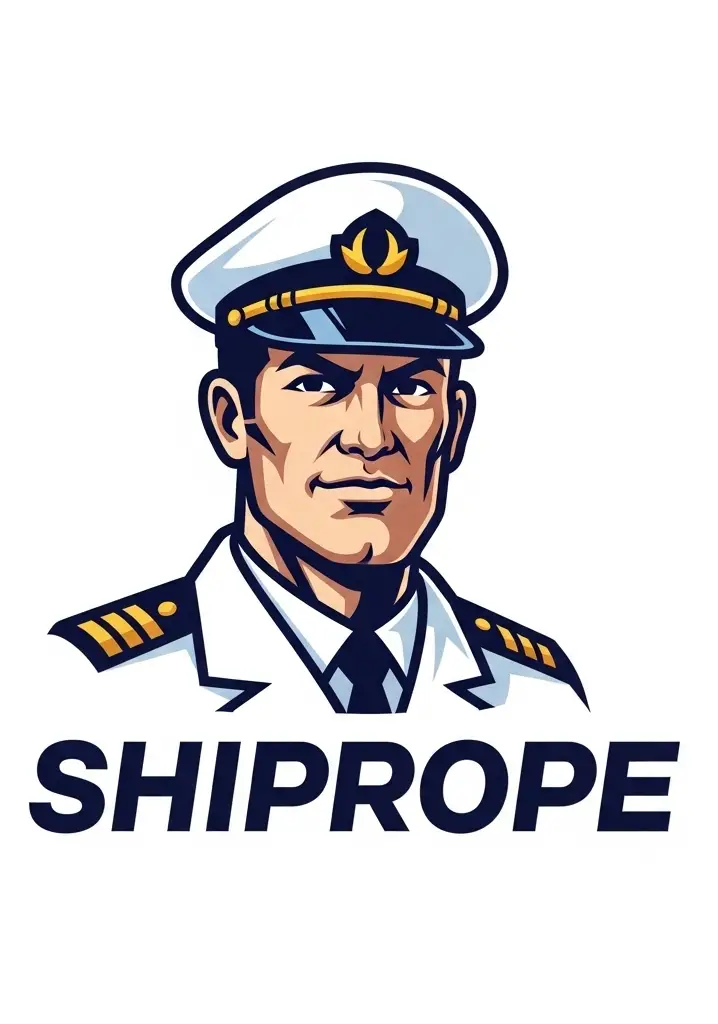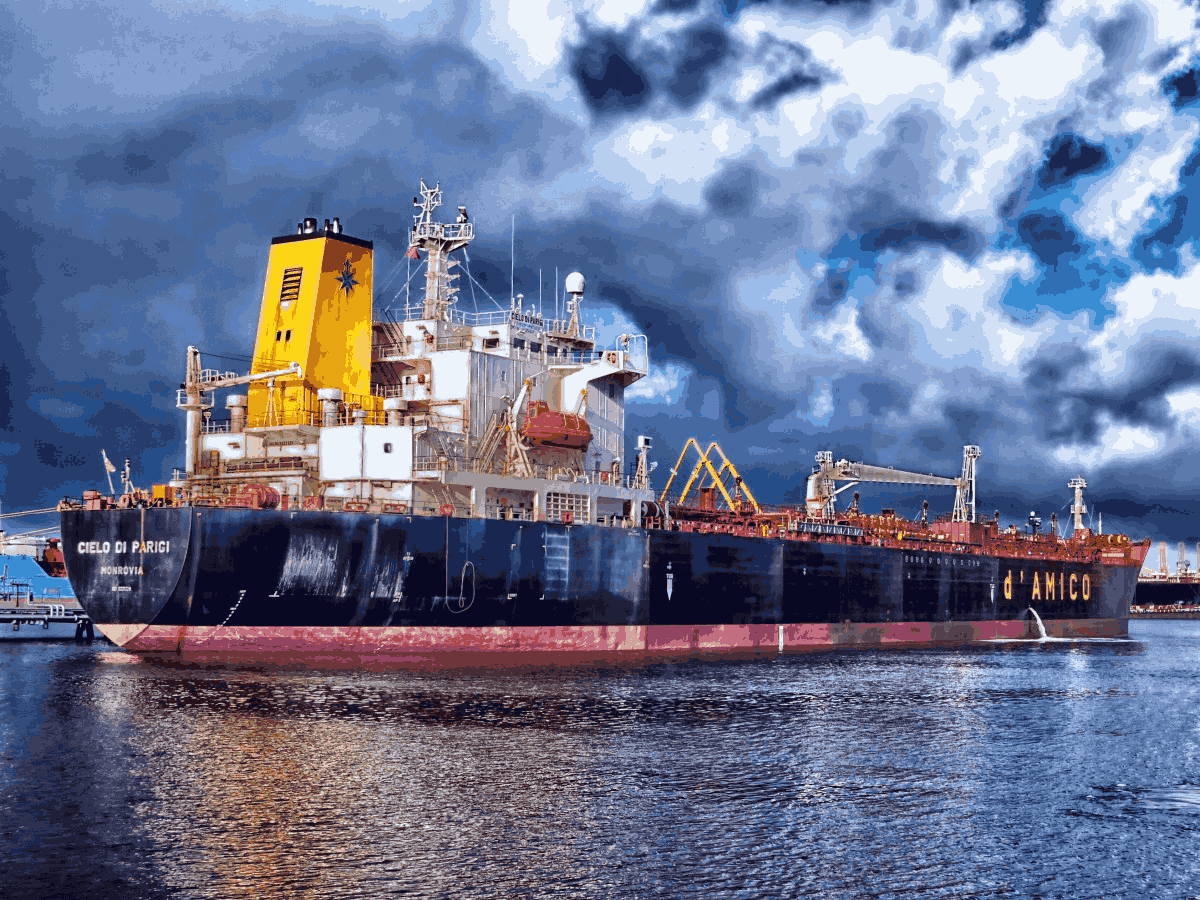The Problem of Substandard Vessels and Crews in the Maritime Industry
The maritime industry is the backbone of global trade, carrying over 80% of the world’s goods across oceans. Despite its vital role, a serious issue persists beneath the surface—substandard vessels and inadequately trained crews. These deficiencies pose significant risks to safety, the environment, and the reputation of the entire maritime industry.
But why do substandard vessels and crews persist, and what can industry stakeholders do about it? This blog answers these pressing questions while offering actionable solutions for implementing change.
Why Substandard Practices Are a Growing Concern
The Scale of the Issue
Substandard vessels are ships that fail to meet international safety, quality, and operational standards. Similarly, substandard crews are inadequately trained or lack the necessary certifications, leaving them ill-prepared to operate modern vessels or handle maritime challenges. Both issues put lives, cargo, and the environment at risk.
From offshore oil spills to onboard emergencies, the consequences of these deficiencies can be catastrophic. Yet, substandard practices remain alarmingly common due to economic pressures and inconsistent enforcement of regulations in certain regions.
The Implications of Substandard Practices
The impact of substandard vessels and crews is vast and far-reaching. Below are the key areas affected by these practices.
1. Compromised Safety Standards
Safety is the most obvious and critical concern. Substandard vessels can malfunction at sea due to poorly maintained equipment, leading to accidents such as fires, leaks, and collisions. Similarly, an untrained crew may be unequipped to respond to emergencies, increasing the likelihood of loss of life.
Example: The MV Wakashio incident in 2020 resulted in massive oil spills off the coast of Mauritius. Investigations revealed crew fatigue and human error as contributing factors to the incident’s severity.
2. Environmental Consequences
Substandard ships often have outdated equipment that does not meet environmental compliance standards. Pollution from oil spills, untamed ballast water discharge, and air emissions can wreak havoc on marine ecosystems. Weak oversight allows non-compliant vessels to continue operating, intensifying environmental damage.
3. Damage to Industry Reputation
Recurring cases of negligence stemming from substandard practices tarnish the reputation of the maritime industry. Stakeholders, including regulatory authorities, ship owners, and insurers, face increased scrutiny, and public trust erodes. For a sector that prides itself on operational excellence, this is a growing concern.
Root Causes of Substandard Practices
Understanding the root causes of substandard vessels and crews is essential to resolving the issue. Below are some major contributing factors.
1. Cost-Cutting Pressures
Shipping is a highly competitive business, and some owners opt to cut corners to reduce operational costs. This often translates into postponed vessel maintenance, outdated equipment, and hiring less qualified crew members at lower wages.
2. Lack of Enforcement
Although international maritime organizations like the IMO set regulatory standards, enforcement varies significantly between countries. Ports in regions with lax oversight often fail to inspect vessels thoroughly, allowing substandard operators to slip through the cracks.
3. Human Error and Overwork
Crew fatigue remains a significant concern, especially in an industry where long hours and grueling conditions are common. Fatigue can lead to mistakes and oversight that jeopardize vessel safety.
4. Poor Training Standards
A lack of proper training programs also contributes to unqualified crews. While international certifications such as STCW (Standards of Training, Certification, and Watchkeeping for Seafarers) exist, not every company provides the necessary resources or time for comprehensive training.
Learning from Real-Life Incidents
Many incidents showcase the devastating consequences of substandard practices while providing valuable lessons.
MV Erika (1999)
The Erika, an aging oil tanker, sank in the Bay of Biscay, spilling 20,000 tons of oil and devastating marine life along France’s coastline. Investigators found extensive structural corrosion in the vessel as a primary cause of its sinking. This incident highlighted the urgent need for stricter vessel inspections under the Paris MoU.
SS El Faro (2015)
The sinking of the SS El Faro during Hurricane Joaquin was attributed to poor judgment, inadequate weather monitoring, and aging ship components. This tragedy reinforced the need for advanced technology and better training to equip crews for extreme conditions.
How the Industry Can Improve
While the challenges are significant, so are the opportunities for improvement. Here’s how stakeholders can tackle substandard practices head-on.
1. Enhanced Training Programs
Effective training is crucial to ensuring a competent workforce. Companies need to provide ongoing education beyond minimum certifications, emphasizing practical skills, safety drills, and how to use emerging technologies.
Example: Virtual Reality (VR) simulators are now being used to train crews for emergency scenarios, offering hands-on experience in a safe environment.
2. Stricter Inspections and Regulations
Governments and port authorities must ensure stricter enforcement of standards, such as vessel inspections and crew certifications. Collaboration between international regulatory bodies can also create more unified policies to close loopholes.
3. Adoption of Technology
Technological advancements can greatly reduce human error and improve safety. Modern tools such as predictive maintenance systems, automated navigation, and AI-based monitoring can detect issues early.
4. Promoting Transparency
Ship owners and operators should prioritize transparency about vessel conditions and crew qualifications. Adopting blockchain-based systems for maintaining records can simplify and verify compliance while improving accountability.
5. Building a Culture of Safety
A cultural shift towards prioritizing safety over costs is essential. Industry leaders must lead by example, reinforcing safety as a key performance indicator at every level of their operations.
Toward a Safer, More Sustainable Maritime Industry
The maritime industry’s future depends on its ability to confront and overcome the challenges of substandard vessels and crews. While economic pressures and regulatory inconsistencies contribute to these issues, they are solvable through collaboration, innovation, and a commitment to excellence.
Stakeholders must work together to enforce regulations, invest in advanced technologies, and champion better training programs. By doing so, the industry can create safer operations, protect the environment, and restore confidence in global shipping.
It’s time to act. Future-proof your vessel and crew standards by implementing industry-wide best practices today. Together, we can ensure safer seas for generations to come.

